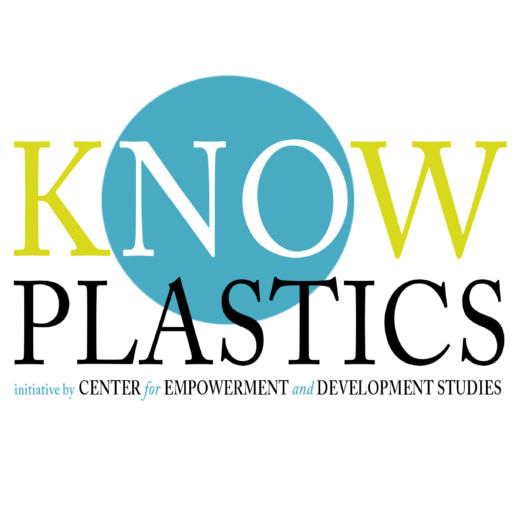The report concentrates on the Asia-Pacific region and classifies the impacts of plastic pollution on land and freshwater species protected under the Convention on the Conservation of Migratory Species of Wild Animals (CMS). The CMS is an environmental treaty of the United Nations established in 1979 to protect migratory animals and their habitats. The report studies two of the region’s major rivers, the Mekong and the Ganges, that contribute approximately 200,000 tons of plastic pollution to the Indian Ocean and the Pacific Ocean per year.
The report’s conclusions are severe: entanglements and direct ingestion of plastics are harmful to migratory species in the region, on land, and on water. Besides mortality, coming into contact with plastic affects animals’ behavior, health, and long-term survival says the report.
Migratory species are particularly vulnerable
As per the report, migratory species are particularly vulnerable. Because they cross through a range of habitats during their migrations. Intensifying the likelihood of encountering industrialized or highly polluted areas.
When consolidated with other ways we are damaging and polluting our environments. Such as hydropower dams, overfishing, water extraction, the discharge of other contaminants, and climate change. Plastics are pushing an increasing number of migratory species closer to extinction.
A study of 2020 in Science predicted that by 2030, yet with determined efforts to reduce and maintain plastic waste, up to 53 million metric tons of plastic will enter Earth’s rivers and oceans every year. If no urgent action is taken, these numbers could reach 90 million metric tons yearly.
Scientists are acknowledging how microplastics affect the food web. How that, in turn, affects wildlife and, human health also lags.
In global ministerial conference to address the serious threat of marine litter and plastic pollution. During which a proposal came up to negotiate a binding legal treaty on plastic pollution.
Apart from advocating for the reduced availability of plastic products in the marketplace. Limiting the amount of plastic entering the environment is also necessary.
Governments should consider implementing better waste management and recycling policies, and product designers should make efforts to reduce the need for plastics by scoping out alternatives.


